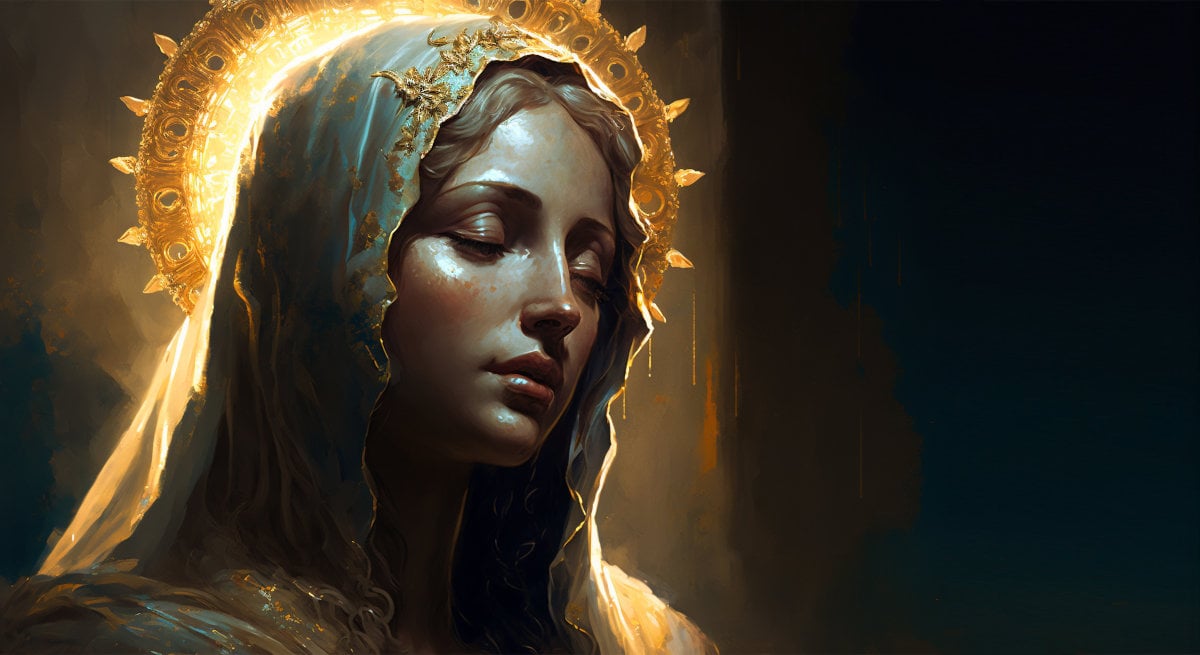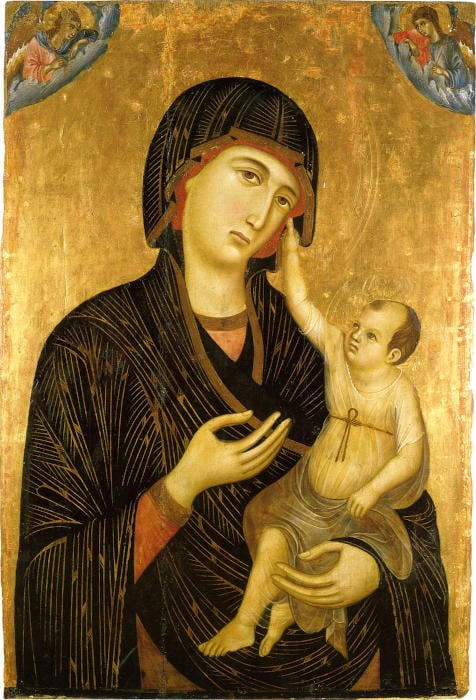
Mary as a Conscious Priestess of Divine Birth
The first important thing to understand about Mother Mary’s secret life is that she was not a passive vehicle to her conception of Jesus. According to my research she was an active, willing orchestrator of this great event. As I mentioned in chapter 1, Mary was, in fact, a trained priestess in a lineage of women who knew how to divinely conceive special holy children going back to the early days of the Hebrew tradition.
The purpose of the practice was to bring forth avatars—walking representations of the Divine who could not be born through “regular” means. The intention was for such offspring to serve as high-level leaders for humanity. This priestess role was not just the special gift of Hebrew family lines; it spanned the globe in many cultures. We hear the most about it as it relates to Mary, however, because she was a particularly high adept of this kind—which enabled her to usher an exceptionally extraordinary being onto our planet.
- Transformation Of Andean Earth Goddess Pachamama Into The Virgin Mary
- Mary Magdalene, Jesus’ Tower of Wisdom
How do I know all this? To unveil Mary’s suppressed history, I drew on evidence from my first two books, The Cult of Divine Birth in Ancient Greece and Virgin Mother Goddesses of Antiquity. This rare background qualified me to decode the secrets that Mary’s forgotten gospel, the Infancy Gospel of James, has long hidden in plain sight. In my third book, The Mystery Tradition of Miraculous Conception: Mary and the Lineage of Virgin Births, I delve into that -gospel, which was originally entitled Birth of Mary, to show how Mary was trained, and I reveal some of the esoteric techniques she used to conceive Jesus.

The Madonna and the child with two angels by Duccio di Buoninsegna. (Public Domain)
I offer a summary of that detailed work in this chapter, but if you want to understand Mary’s history in its entirety with all of the references I have collected, I highly recommend that you read that book as well. Taken together both that book and the present volume provide a complete and up-to-the-minute account of this most holy of women. The Mystery Tradition of Miraculous Conception also provides important background on the history and practice of divine birth as a real activity of priestesses more broadly. This will help you understand Mary in the context of holy women’s work spanning widely across ancient Europe, West Asia, and Northern Africa.
It Begins with Sarah
To understand Mary as a divine birth priestess in a lineage of Hebrew women, we need to travel back in time to the biblical matriarch Sarah, the famous wife of Abraham. Many are familiar with the story of Sarah’s miraculous birth of her son Isaac when she was in her elder years. But what most people don’t realize is that first, Sarah was a significant holy woman in her own right, and second, there is much evidence suggesting she was trained in a tradition of divine birth that spanned West Asia.
Intriguingly Sarah’s roles were remarkably similar to those of several types of priestesses in this area of the world roughly around time she would have lived. When we penetrate her history, we come to realize that she delivered prophecy, maintained celibacy, and even engaged in sacred marriage rituals. Yes, these rituals involved her embodying the Goddess with male gods, or perhaps male priest–kings, in sexual rites that were originally meant to bring forth divine children. As I show in The Mystery Tradition of Miraculous Conception, it is likely that Abraham was never her formal husband in the way we traditionally think of it. He was more of a sacred guardian, and Sarah may have engaged with him sexually only during these sexual rites,
if at all.
Based on what I have uncovered in my research, these characteristics tell us that Sarah was nothing less than a priestess of divine birth. What we see, however, is that she was operating in a time in which the work of divine conception was being controlled by patriarchal religious leaders and laws. As I have discerned, Sarah’s statement, “The Lord has kept me from having children” (Genesis 16:2), is not what we’ve been led to believe it is—a woeful lament about her biological barrenness. Instead, it refers to the religious law she was being pressured to follow that forbid her from becoming pregnant in sex rites.
What’s more, it is likely that Abraham’s famous attempt to sacrifice Isaac, whom Sarah eventually did successfully conceive through non-ordinary means, was an effort to obey this law and follow through with the horrific custom of killing any child that was conceived during a divine birth ritual. In short Sarah was a divine birth priestess with a desire for a child, and her womb was being restricted and controlled. She nevertheless persisted in her art until she was able to bring forth Isaac. Ultimately Abraham was divinely guided not to kill her child.




